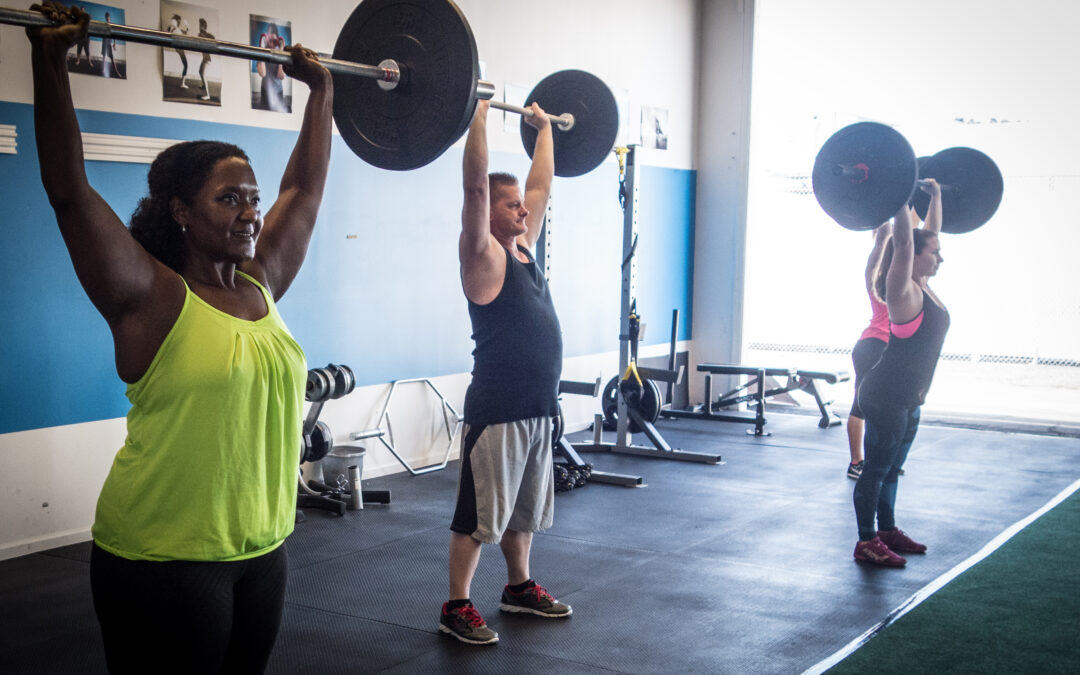
by lauravineyard | Dec 3, 2021 | Accessibility, Approachability, Fit2point0 Community Content
“I hope that as alcohol substitutes move into the mainstream and abstinence becomes a legitimate wellness tool even for those who may not consider themselves “real alcoholics,” more people will be able to see recovery as a way to stay connected rather than a social death. I believe that this future is possible when the choice to not drink is treated with the same judgment-free generosity already extended to other dietary restrictions in restaurants, at home, and among friends.” By Kate Browne, Ph.D. (she/her)
Read the full article here…

by admin | Sep 20, 2021 | Accessibility, Approachability, Connect, Learn
Body positivity is a movement created by Black women to celebrate and advocate for marginalized bodies. (Learn more on this history from Briana Dominici’s article, “The Black History of the Body Positive Movement”) Over time, the term has reached a broader audience, which has simultaneously been a great source of healing for many while also diluting the original intent. At BPFA, we acknowledge that “Body Positivity” encompases a spectrum of meaning to each individual and that each individual’s personal privilege intersects and informs how they interact with the spectrum.
If you are here at our website scoping out courses, that tells us that you are interested in making the fitness industry a more inclusive and accessible place. We see BPFA’s role as being your empathetic guide to making your programming more welcoming to all bodies. If these are your first steps towards body positivity/body neutrality/fat liberation, you are welcome here, and our Onramp to Inclusive Fitness Practices Course will be an excellent primer for you. If you have been involved in this work for a while, some of the material here may be familiar, but we hope the action-oriented coaching tips we provide, along with our network of Fit2.0Pros, will be useful to you as well. If you are interested in diving further into this work with exceptional folks putting out great content, check out Fitness 4 All Bodies, Decolonizing Fitness, The Body Is Not an Apology, and The Fat Lip podcast, just to name a few!
So wherever you are currently on the spectrum of body positivity, BPFA is here to help you grow and point you towards the amazing community of people already out there doing this important work in the fitness industry. Welcome! We’re glad you’re here.

by admin | Sep 20, 2021 | Accessibility, Approachability, Learn, Trainer Tips
Be predictable. Perhaps seemingly counterintuitive advice in a world where everyone’s social media is trying ever wilder ways to catch your attention…but the reality is that on the client’s side, taking the first step to reach out to a new gym/trainer/fitness group often involves overcoming a lot of barriers.
“Barriers? What barriers? I’m a friendly coach!”
Yes, even though we may be very approachable individuals, clients come to us with a whole lifetime of experience that we don’t know about. They may be unfamiliar with the software we use, or nervous about discussing an old injury, or had a bad previous experience in a toxic gym environment, or just plain uncomfortable with facing the prospect of the awkwardness of learning something new. By being predictable, we can reduce some of those barriers by giving clients confidence that they know what to expect when they sign up.
Here are three things you can do today to make your client’s sign up experience more predictable:
- Post a virtual tour of what a coaching session with you actually looks like. Whether your coaching is virtual or in person, you can share a step by step of what that looks like and help build client confidence.
- Explicitly state what kind of coaching you offer. For example, “I provide weight-neutral, kickboxing classes for beginner to intermediate athletes.”
- Make it easy to find and understand your pricing. It can be scary to put numbers out there, but hiding what you cost is a quick way to irritate potential clients. Bonus – sharing your pricing is a great way to let potential clients know if you offer sliding scale and/or bartering options!
Click here to follow along for more trainer tips here at BPFA’s newsletter



Recent Comments